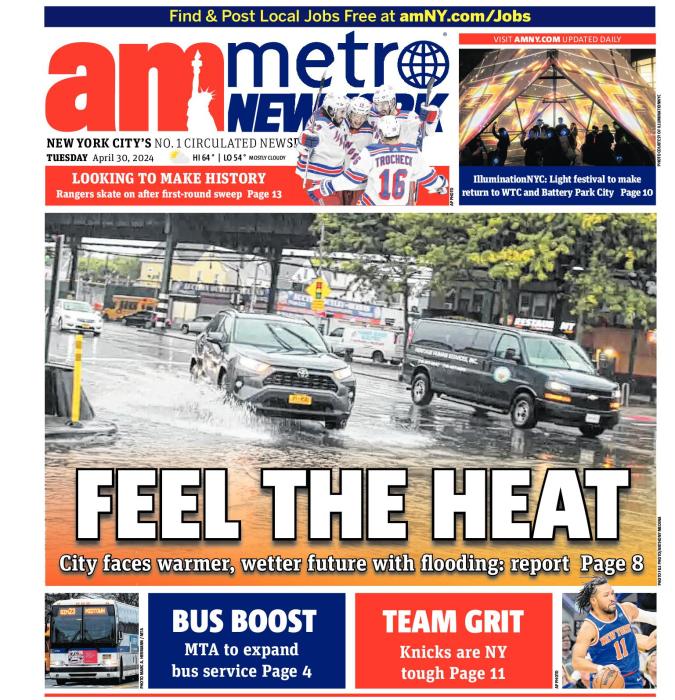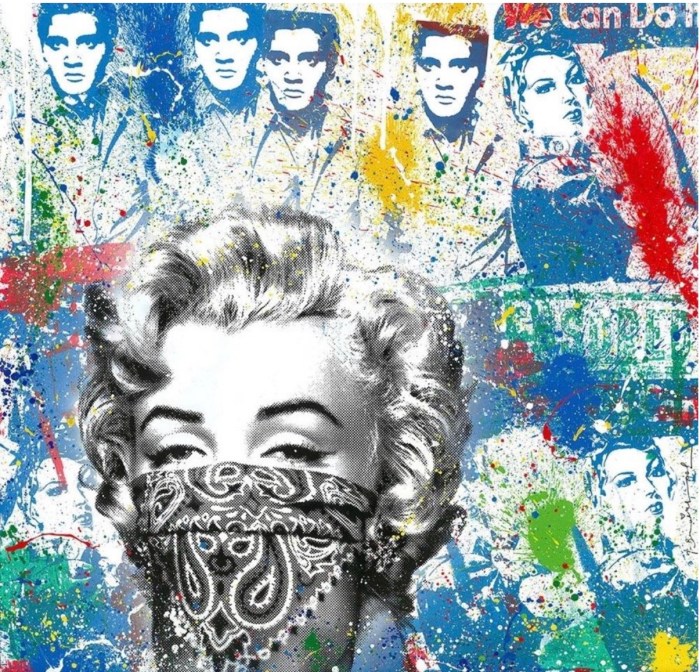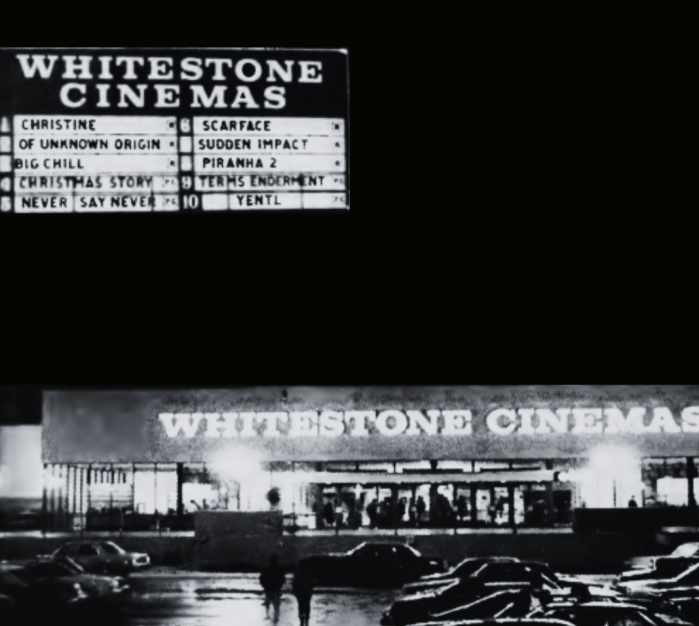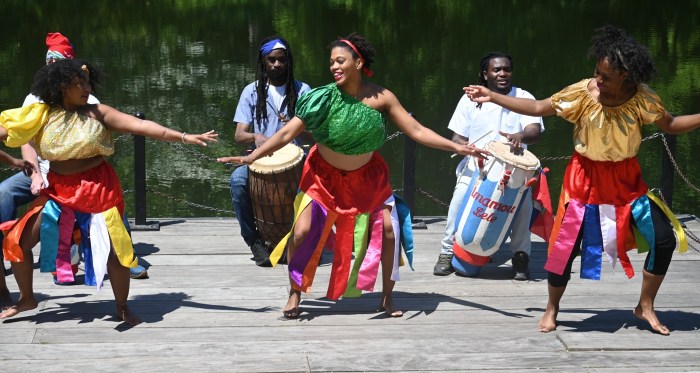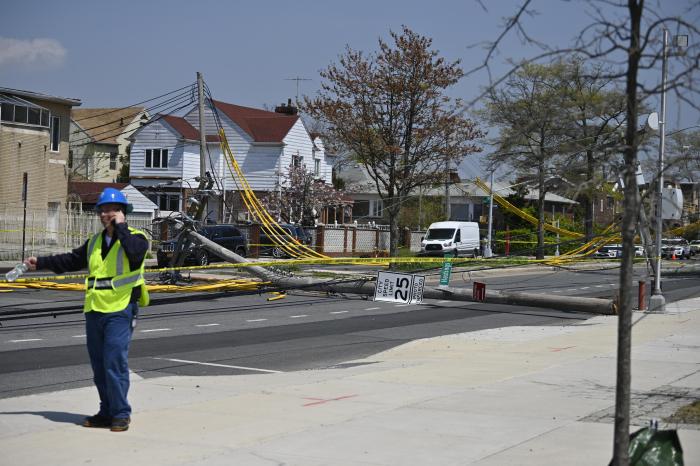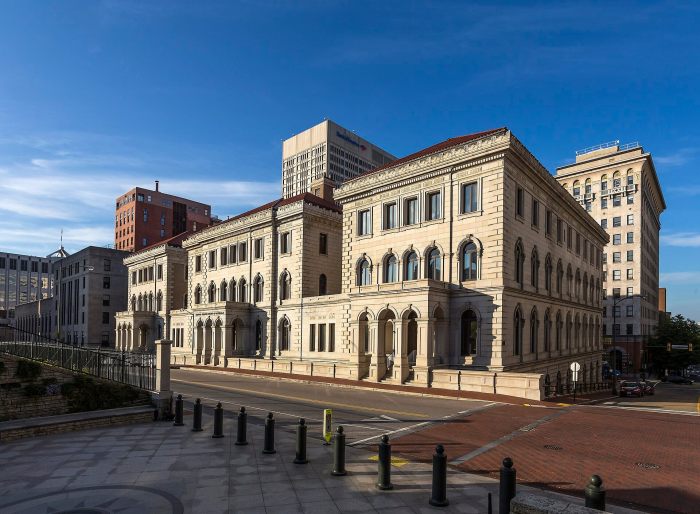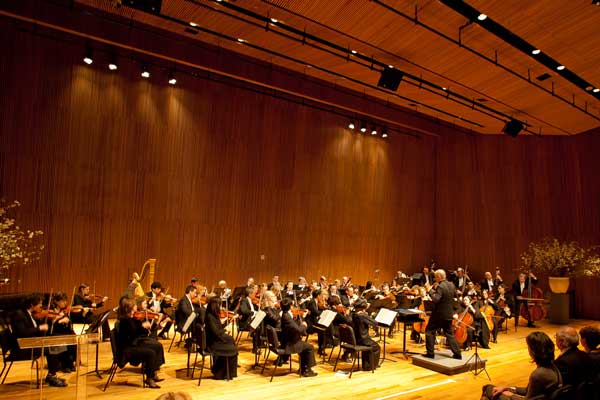 [/media-credit]
[/media-credit]
- The Orchestra of St. Luke’s, in Mary Flagler Cary Hall.
DiMenna Center provides a place to rehearse, record, recharge
BY SCOTT STIFFLER | Selective forgetfulness, it seems, is often the cost of applying a laser-like focus to one particular skill. How else do you account for musicians who possess the mental acuity to get a receipt, yet manage to exit the cab without bothering to take along their priceless violin or cello?
Such incidents — which have supplied countless media outlets with colorful human interest segments — seem to be dwindling. That’s probably because a relatively new hub for the city’s classical musicians has significantly reduced the need to dart around Manhattan from rehearsal to performance to lesson to audition.
In March of 2011, the Orchestra of St. Luke’s achieved a longstanding goal by opening The DiMenna Center for Classical Music. Located at 450 West 37th Street (in a building that’s also home to the Baryshnikov Arts Center), the 20,000+ square foot facility is New York City’s first space dedicated to classical music rehearsal, recording and education.
 [/media-credit]
[/media-credit]
- No place like home: The DiMenna Center for Classical Music.
At a time when many other non-profit arts organizations are struggling to find funding, audiences and relevance, OSL’s establishment of The DiMenna Center was a bold move — one that is literally a world away from its humble origins. What began as the St. Luke’s Chamber Ensemble (established in 1974 at Greenwich Village’s Church of St. Luke in the Fields) became the OSL during the summer of 1979’s Caramoor International Music Festival. Today, as it celebrates its 37th year, OSL can lay claim to four Grammy Award-winning recordings, a 70+ discography and over 150 world, U.S., and New York City premieres. It’s “Subway Series” presents free concerts in all five boroughs, and over one million children have benefited from its Arts Education programs. With The DiMenna Center not even a year old, OSL is now enjoying the benefits of having bet, and won, on the speculative notion that they could create a home for themselves while providing a sense of community for classical musicians on the go.
Not just a central base for OSL, the sprawling complex provides local and touring musicians with low-cost, high-quality performance facilities. It also has a library, a café/lounge, offices, and an instrument storage room.
“It was designed to be a home for the city’s freelance and part time musicians. We wanted to help alleviate what is often a brutal life,” explains OSL President and Executive Director Katy Clark. “If you play with a number of groups and maintain a teaching career and perform as well, in one day you might have to carry your instrument all around the city. Day in and day out, that can be exhausting.”
In just under a year, more than a hundred chamber groups, orchestras, opera companies and choruses have used the facility. It’s also becoming the go-to destination for solo musicians in need of practice, recording or storage space (they can even shower to be fresh for an audition), So far, the client list includes Iván Fischer, Renée Fleming, Emanuel Ax, Sarah Chang, the New York Philharmonic, Orpheus Chamber Ensemble, New York Youth Symphony, American Ballet Theater, San Francisco Opera and the American Brass Quintet. Film scores have also been made there.
Most rehearsals and recordings take place in the 1,649 square foot Benzaquen Hall and larger Mary Flagler Cary Hall. At 3,395 square feet, it as an “extremely large orchestra room” that’s unique among the ever-shrinking list of Manhattan recording facilities. “Sound isolation is a huge part of this project. Even though we’re practically on top of the Lincoln Tunnel, it’s completely quiet in the room.” It also delivers an aesthetically pleasing experience during those marathon recording sessions. “We have skylights for a little bit of natural light, which is great,” says Clark. “It’s a beautiful room. The floors and ceilings are made of Pennsylvania oak.” Wood in general is, she notes, good for acoustics. “But this type of wood is a nod to environmental sustainability.”
Cary Hall, as they’ve come to refer to it, was named for the foundation that gave OSL the money to build the room. “They were huge supporters of the arts in New York City,” says Clark of the charitable trust that no longer exists. “They spent all their money and went out of business,” she notes. As for the risk taken by opening the DiMenna Center, Clark explains that the OSL’s decision to pursue its own self-contained rehearsal, recording and performance space began almost a decade ago. “We always knew there was going to be a market for this,” she says of the consistently booked rooms. At one point, “Exploring the Metropolis did a feasibility study involving a dozen orchestras in the city, and they all said, ‘We need a rehearsal facility.’ So the Center was built to provide affordable space for non-profit organizations.” The high volume of rentals (all at below market rates) accounts for a significant amount of DiMenna’s annual revenue. The gap is made up by contributed income and an endowment, which OSL is seeking to increase.
With its presence on West 37th Street firmly established, OSL is now able to expand existing community outreach efforts and involve the public in its creative process. “We’ve never had a home where we could actually let people know who we are and allow them to see how we do things,” says Clark. Peeling back the curtain is what inspired “OSL@DMC” — a series of free concerts, arts education programs and radio broadcasts designed to help audiences understand how a concert is put together. In the coming year, “OSL@DMC” will expand its efforts by offering a musician coaching program, lectures and open rehearsals. By the time 2012 draws to a close, OSL will have played approximately 70 concerts throughout NYC and beyond.
This month, OSL will perform two concerts at Carnegie Hall. On February 5 (at 3pm), the “Carmina Burana” Choral Project features Orff’s “Carmina” performed by 400 NYC students, along with three new student-composed works by Anthony Constantino, Thomas Reeves and Gabriel Smallwood. David Robertson conducts. On February 16 (at 8pm), Conductor Sir Roger Norrington and pianist Jeremy Denk present a concert of Classical symphonic works. The second installment of OSL’s 2011/2012 Orchestra Series, it will feature Haydn’s Symphony No. 39, Beethoven’s Piano Concerto No. 1 and Mozart’s Symphony No. 39. This will be the first time Norrington and Denk have performed together.
For more information, visit oslmusic.org and dimennacenter.org.
The DiMenna Center for Classical Music
450 W. 37th St. (btw. 9th & 10th Aves.)
For info, call 212-594-6100 or visit dimennacenter.org
THE ORCHESTRA OF ST. LUKE’S
Sun., Feb. 5, 3pm: The “Carmina Burana” Choral Project
Thurs., Feb. 16, 8pm: The Orchestra Series: Norrington & Denk
At Carnegie Hall, Stern Auditorium / Perelman Stage
154 W. 57th St. (at Seventh Ave.)
Tickets: $15-$35 for “Carmina” / 14.50-$83 for “Orchestra Series”
To order, call 212-247-7800 or visit CarnegieHall.org
Also visit oslmusic.org
